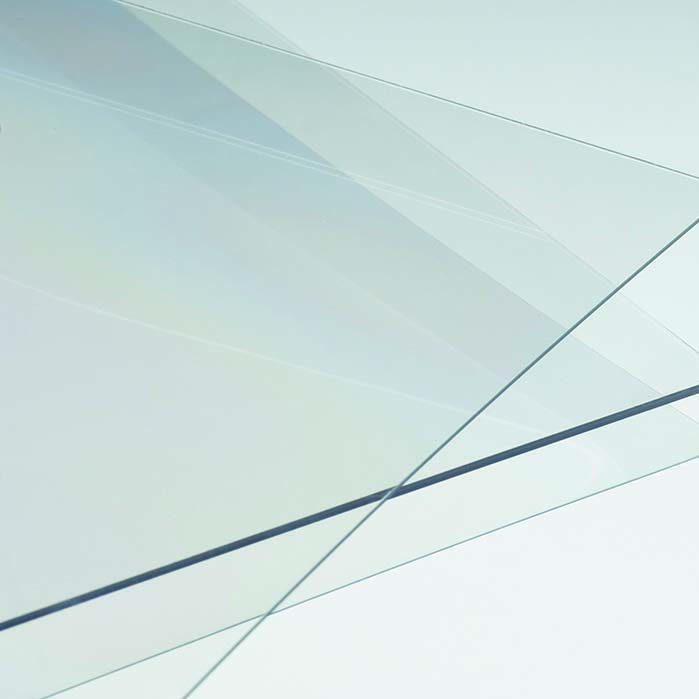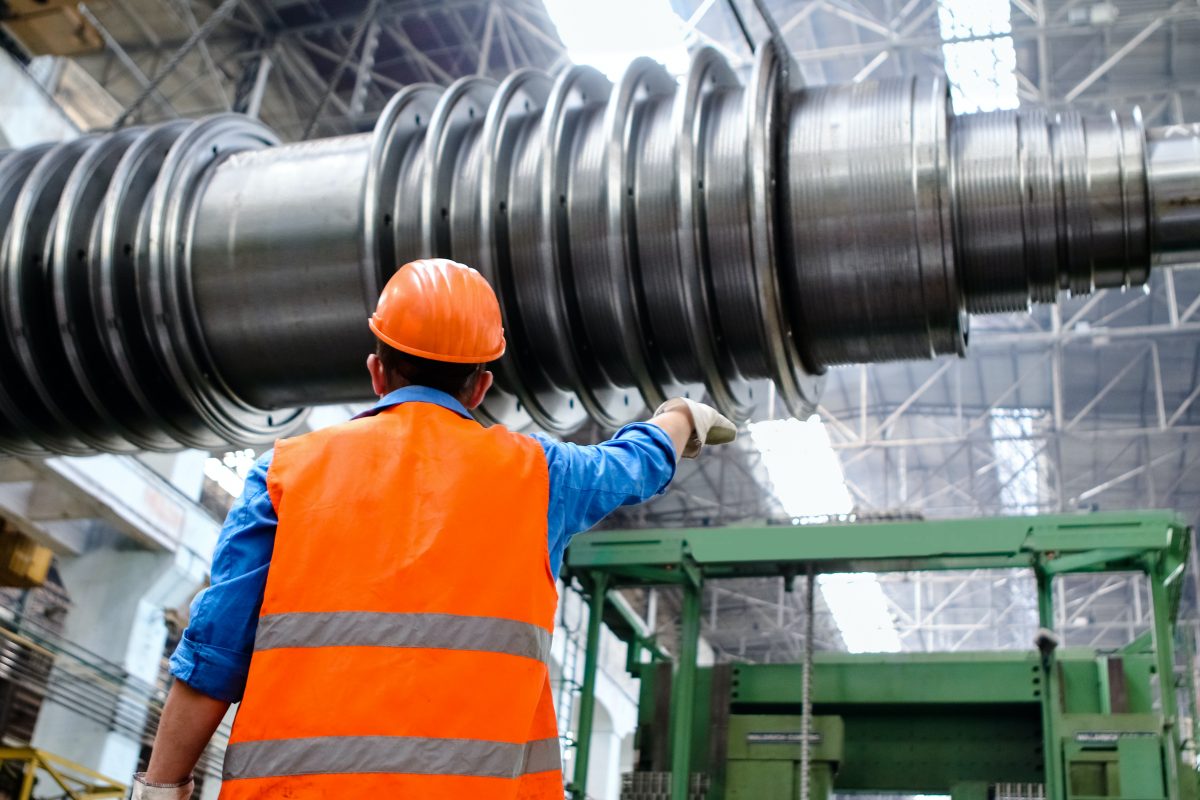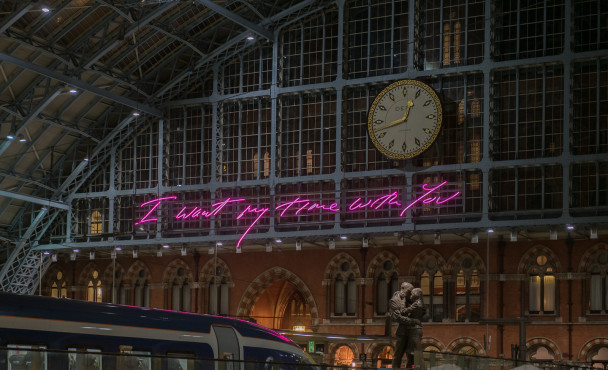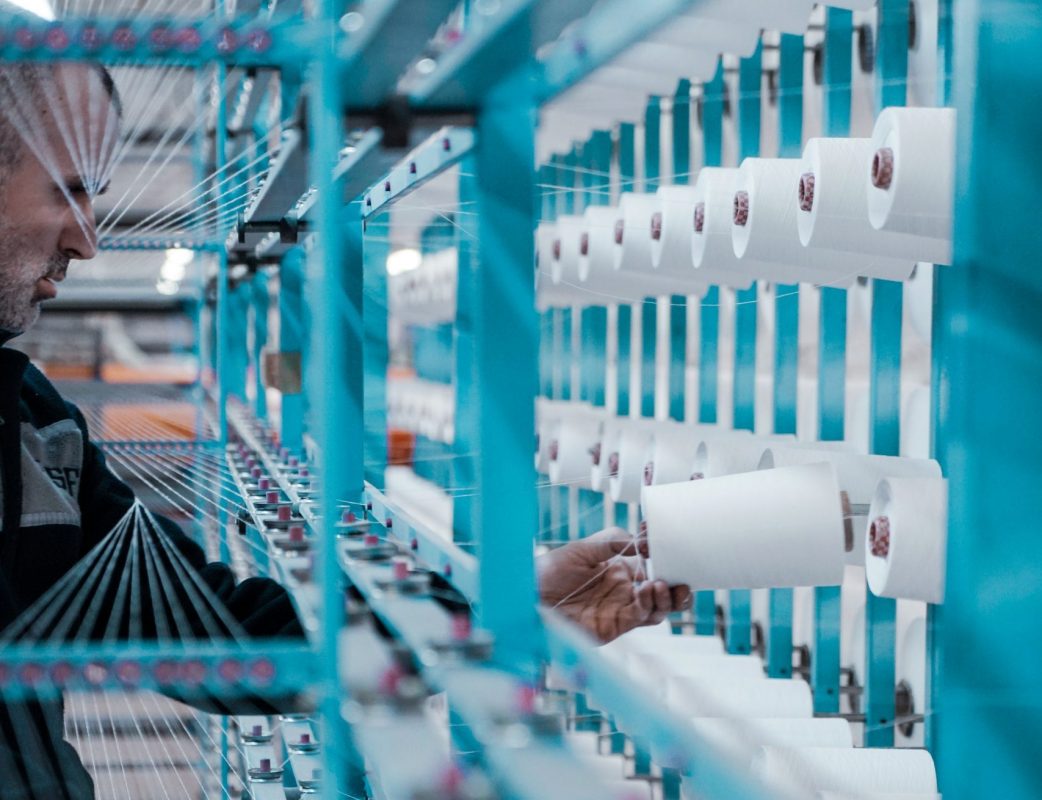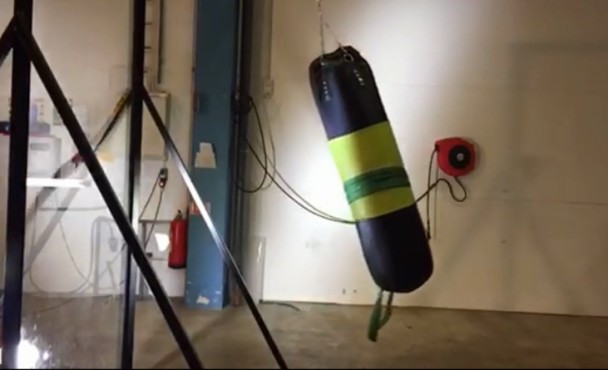Over recent months there has been huge demand for protective screens for schools. This demand has been caused by the need to prevent person to person transmission of the Covid 19 virus. This post is intended to provide information about the options for clear transparent protective screens for schools to those who have little experience […]
Category Archives: Technical
HighLine Polycarbonate has just released two polycarbonate sheet grades for welding screens specified to ISO 25980. It is available as a red material and a green material. The red has a welding shade number of 4 and the green has a welding shade number of 8. It is easy to install the welding screens around […]
Terrance wires is an ambitious United Kingdom public art project using LED Polycarbonate lighting. New art work is commissioned every year to hang for six months from St Pancras International Train Station’s iconic train shed roof. This year artist Tracey Emin revealed the site specific art work – I Want My Time With You, 2018. […]
Scratching polycarbonate Polycarbonate is a clear plastic material that is extremely strong and almost totally resistant to breakage. It is a perfect choice for hockey spectator shielding. However it is possible to scratch the plastic surface a lot easier than it is to scratch glass. To reduce the risk of surface scratches, plastic sheet makers […]
In previous articles we have looked at how using polycarbonate instead of acrylic for ice hockey spectator shielding. In particular how it can improve safety for players, spectators and rink staff without increasing the cost. We have also examined how the improved optical properties of HighLine’s range make using polycarbonate a viable alternative. In this […]
There are a number of different thermoplastic resins that are used to make sheet for medical applications. These resins include Polyphenylsulfone (PPSU), Polysulfone (PSU), Polyetheretheketone (PEEK), and Polyaryletherketone (PAEK), as well as many others. The cost of these resins is often ten or twenty times higher than Polycarbonate resin. One of the reasons that these […]
When talking to people about the advantages of polycarbonate over acrylic for ice hockey spectator shielding, one topic that often comes up is the higher cost of polycarbonate compared to acrylic and whether the benefits justify the cost. There multiple sources of evidence that flexible boards lead to a reduction in injures. The following link […]
As we discussed in the first two posts of this series, polycarbonate has a number of advantages over acrylic for hockey spectator shielding: Polycarbonate is more flexible than acrylic. This increased flexibilty can contribute to reducing the risk of concussion and improving player safety. Tests have shown it can be over 60% more flexible. Polycarbonate […]
In the first part of this blog series we compared the flexibility of acrylic and polycarbonate. We showed that 0.47″ Polycarbonate is 20-25% more flexible than the same thickness Acrylic under simulated hockey player impact conditions. This increased flexibility could potentially lead to a reduced number of player concussions and reduce concussion severity. In this […]
The Mil-P-83310 Polycarbonate specification for sheet was written by the United States Air Force for the material that is used to construct the canopies on modern fighter jets. Polycarbonate is used for these canopies due to its strength, clarity and resistance to damage from bird strikes. The US Navy tends to use Stretched Acrylic for […]

